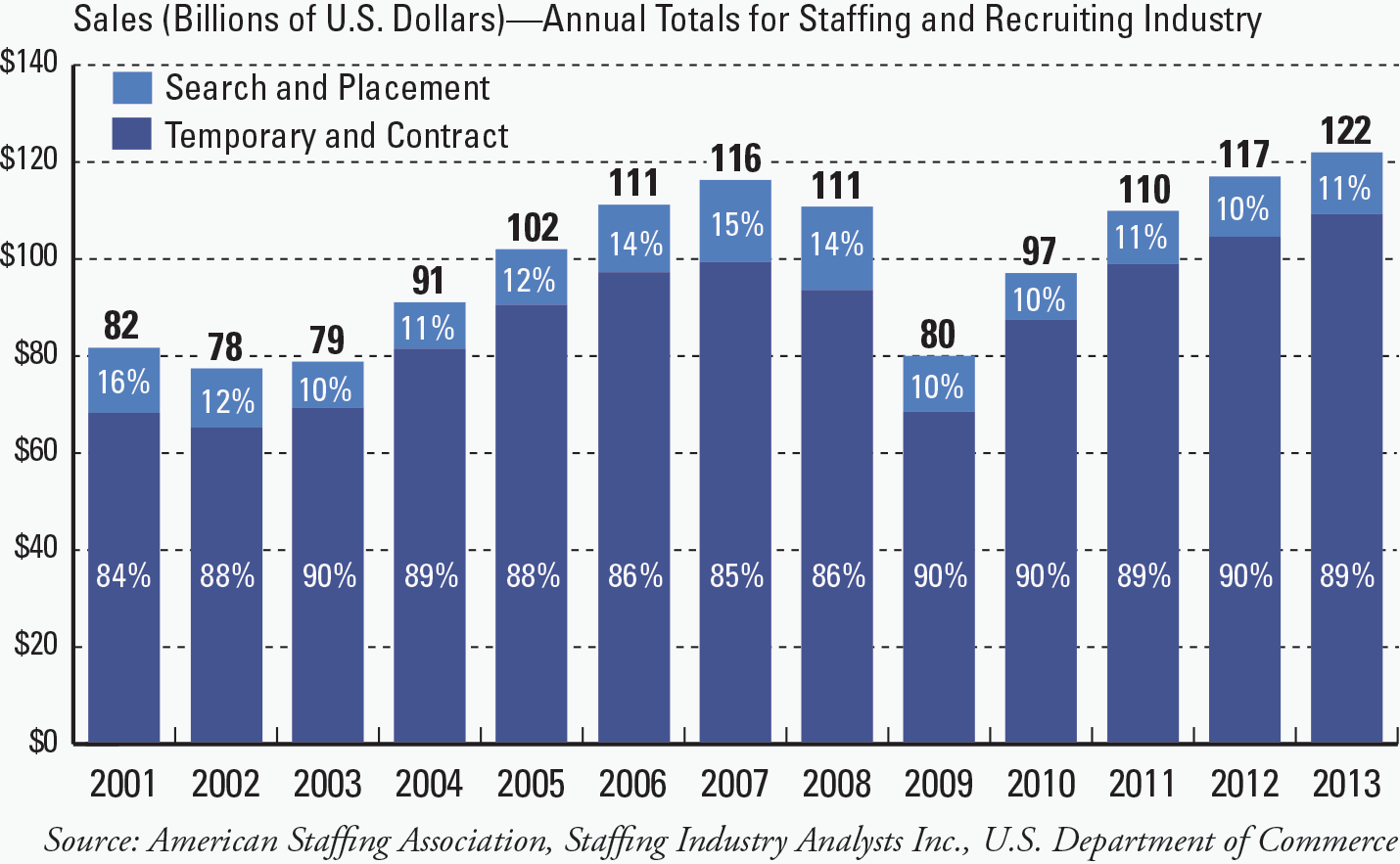Round One
In August 2014 I ordered a 2015 Toyota Highlander from a Toronto dealership, Toyota on the Park. I was informed that it would be delivered in about 8 weeks as the company was having trouble satisfying the demand for this popular vehicle. I was surprised that we were kept waiting for more than 20 minutes to do the paperwork for the deal. We were about to walk out before someone finally came to see us. This should have been a warning sign about what was to come.
In October, we arrived at the dealership to pick up the truck. The following things happened:
- The salesman greeted me but failed to acknowledge my wife (big mistake);
- The salesman passed us off to a colleague, saying that he had been promoted (big mistake);
- The colleague showed us the vehicle and it was the wrong colour - this happened even though the dealership had checked with us 10 days after we had made the order.
- We refused to take the truck. The deal was terminated.
The fallout:
- The sales manager apologized but other than that, made no effort to address the situation. In fact, he mentioned that if we wrote Toyota Canada, the letter would be sent to him for a response. (He has most assuredly misjudged us on that one as we know how to work the system.)
- The reputational damage to the dealership continues ... it has been bought out by a conglomerate and the service which usually comes from a hands-on owner is gone
- The deal was not concluded ... cynically, we think that the dealership did not really care because they could sell the Highlander within days ... we think that the dealership realized that they had made a mistake with the vehicle colour and decided to proceed with the expectation that we would accept the car.
Round Two
On January 12, 2015 we visited another dealership, Downtown Toyota in order to place an order for a Toyota Highlander. The service was absolutely wonderful - smooth, competent, pressure free.
However, after more than four months of waiting for delivery, I contacted the dealership and informed them that I wished to cancel the contract. (A clause noted the the contract could be voided if a vehicle was not delivered within three months of the signing date.)
Of course, the dealership was disappointed. They offered additional financial compensation but I pointed out that the wait was unreasonable and further, that receiving a 2015 vehicle so late in the model year would mean entail an accelerated depreciation. I noted that they had been failed by the parent company, Toyota. Why offer a car when you cannot deliver?
Some Key Points in Purchasing a New Vehicle
Assuming that you have done your due diligence in selecting a vehicle, here are a few guidelines which I have found helpful in making a purchase.
- Always read the contract carefully. Ask for time to read it alone. Always include a clause specifying the deadline for vehicle delivery and that the contract will be null and void if the condition is not met. (Some dealers will even offer to supply a courtesy car if vehicles are not delivered by the specified date ... check this out.)
- Check out the dealer ownership. Do business only with dealer-owned establishments as they are more accountable and interested in their businesses. Ask to meet the owner and make your own assessment of his/her character. If you cannot meet the owner ... walk away.
- Check out the dealer's reputation. There are many sites which provide opportunities for customers to provide feedback. While there will always be cranky people who are impossible to satisfy, you will quickly see emerging patterns.
- For pricing, use on-line auto pricing services to get an idea of dealer costs and pricing patterns. (Some reviewers have criticized these services but having some basic information is useful for one's negotiations.)
- Visit web sites which provide advice on vehicle purchases in order to prepare yourself for negotiations.
- Realize that the dealer has to make a profit.
I will make a future posting on Toyota's response to my letter.
In the meantime, I have decided to purchase a different SUV. After my experience:
- I reviewed potential vehicles using a variety of sites including: Consumer Reports, Edmunds, Kelly Blue Book. I did not pay much attention to automotive writers. I did scour vehicle owner websites as they are perhaps, the best indicator of vehicle quality/owner satisfaction.
- I reviewed potential dealerships for quality of service etc.
- I visited the most highly-rated dealer on a low activity day (morning early in the week) and test drove two models in a variety of situations. I started by saying that I had selected the vehicle and that my purchase was contingent on a test drive, approval by my wife, and price.
- I made sure to meet the owner. I was impressed. He loves the business and dealing with people and is focused on customer service. (You can deal with him directly in getting vehicle service as he is right on top of his business.)
At all times, I was in control but gently so. There was give and take. The experience was cordial and friendly. When the time comes, I'll buy a second vehicle there and will get both of our vehicles serviced there.
